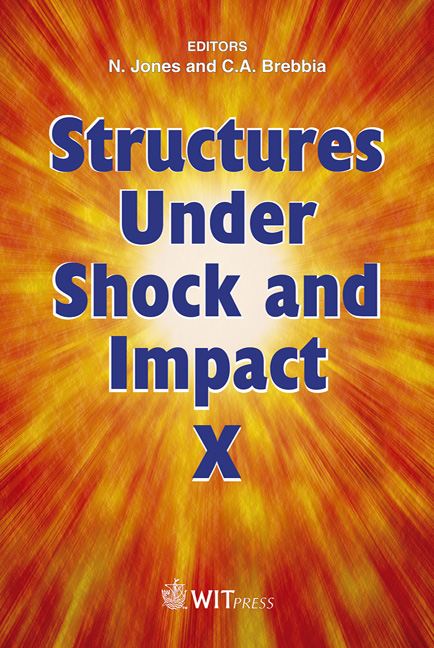An Analysis Of The Performance Of Foams Used In Hurling Helmets
Price
Free (open access)
Transaction
Volume
98
Pages
10
Page Range
117 - 126
Published
2008
Size
684 kb
Paper DOI
10.2495/SU080121
Copyright
WIT Press
Author(s)
K. Norris & S. Tiernan
Abstract
Head injuries can occur in most sporting activities. The seriousness of these injuries can vary greatly depending on the sport. Many sports such as American football, cricket, baseball and hurling try to reduce this risk by designing helmets that are suitable to be worn by the players. The National Standard Authority of Ireland (NSAI) has recently made great strides in this area with the introduction of the first comprehensive standard adopted for the sport I.S. 355:2006, which sets out new testing procedures that all new helmets must meet. The Gaelic Athletic Association (GAA) has also stated its intention to make the wearing of sports helmets compulsory up to minor level. The hope is that in time all the players will become comfortable with wearing helmets which has been found to be a major reason for the current low wear rates. This paper covers the testing and modelling of energy absorbing materials to ascertain the optimum thickness, and density of foam within the helmet. Static tests are carried out on a compression test machine to obtain stress/strain properties. The foams are tested on a purpose built drop test rig; the displacement, impact force, velocity and acceleration are measured using LabView and a high speed camera with TEMA analysis software to gain a greater understanding of the impact mechanics of each material. The foams are modelled, both statically and dynamically, using finite element analysis. The static model uses the ANSYS implicit solver, while the dynamic model uses ANSYS/LS-DYNA to create and validate an appropriate foam material model. The displacement, velocity, and energy results from the finite element model and the test results are analysed and compared so that the optimum density and thickness of foam can be obtained. Keywords: head injuries, impact testing, finite element analysis.
Keywords
head injuries, impact testing, finite element analysis.





